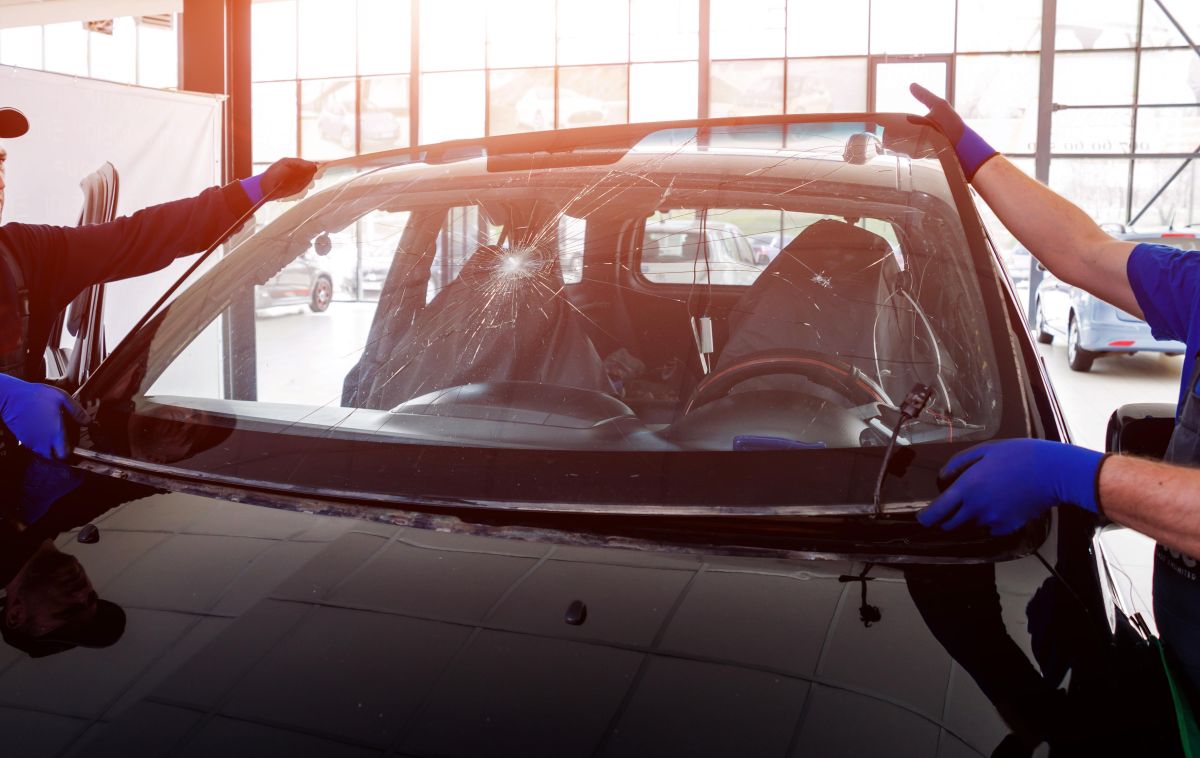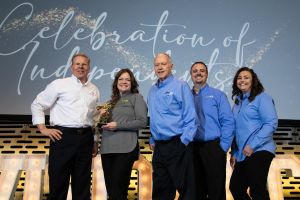The collision repair industry is experiencing rapid technological advances, and one area undergoing significant evolution is auto glass repair and calibration. The 2024 SEMA Show highlighted these developments, focusing on how advanced driver-assistance systems (ADAS) are changing the demands on glass technicians.
Kaizen Glass Solutions, led by President Shauna Davis is at the forefront of these changes, adapting its training programs to meet new challenges while fostering industry collaboration to uphold high standards.
ADAS and the Rising Complexity of Glass Repair
The growth of ADAS-equipped vehicles is transforming automotive glass replacement and calibration processes. ADAS features like lane departure warnings, blind spot detection and adaptive cruise control rely on sensors, cameras and other equipment that often need recalibration after glass replacement. Even minor repairs may require ADAS recalibrations to ensure the vehicle’s safety systems function correctly.
At SEMA, Davis noted the increasing demand for specialized training in ADAS calibration, especially for commercial freight vehicles.
“With Autel’s latest CV ADAS packages, we have an exciting opportunity to expand our training options by combining our auto glass and ADAS calibration courses for commercial fleets,” she said.
Kaizen is leveraging this growing demand by tailoring its programs to meet these specific needs, ensuring technicians can handle both traditional glass replacements and the intricate calibrations required by ADAS.
 Kaizen Glass Solutions President Shauna Davis, second from right, with the Rivian team at SEMA.
Kaizen Glass Solutions President Shauna Davis, second from right, with the Rivian team at SEMA.
Strengthening Industry Standards Through Collaboration
Davis emphasized that in-person networking at events like SEMA is crucial in maintaining and enhancing Kaizen’s training quality. Engaging directly with tool suppliers and calibration partners allows Davis to stay informed on the latest products, tools and techniques for glass repair. This knowledge directly informs Kaizen's training, equipping technicians with up-to-date skills and solutions to real-world challenges.
“In-person interactions at events like SEMA help me stay informed about the latest products and services we can offer to our students and customers,” Davis explained. “They also allow me to provide feedback to suppliers about challenges our students face.”
By bridging the gap between the training center and product developers, Kaizen can address common issues and improve its offerings, elevating industry service standards.
The Role of Associations in Supporting Education
Industry associations like the Women’s Industry Network (WIN), the SEMA Businesswomen's Network (SBN) and the Society of Collision Repair Specialists (SCRS) offer essential resources for collision repair professionals, including networking opportunities, professional development and industry updates. For Kaizen, involvement in these associations is a strategic way to influence the future of automotive glass repair.
“Staying involved in associations, especially these, provides an opportunity to create awareness about our auto glass training and other programs,” Davis shared. “We are one of the few independent training centers offering a wide range of courses related to the collision industry.”
Davis leverages these associations to identify emerging needs in the field, which then inform Kaizen’s training programs, creating a positive feedback loop that strengthens Kaizen and the wider collision repair industry.
By networking with association members, Davis gains insights into current and future trends, allowing Kaizen to develop new courses that address the evolving challenges technicians face. This collaborative approach ensures that Kaizen’s training programs stay relevant, practical and valuable for those entering or advancing in the collision repair industry.
SEMA: A Launchpad for Glass Innovation
Events like SEMA are vital for the industry, acting as a launchpad for the latest innovations in glass repair, calibration and beyond. By attending SEMA, Davis and her team at Kaizen stay current with trends and actively shape the future of collision repair training.
As the industry continues to evolve, the insights gathered from events like SEMA and the collaborative efforts with industry partners and associations will play an ever-growing role in ensuring that repair professionals are prepared to handle the complexities of modern vehicles.















Leona Scott